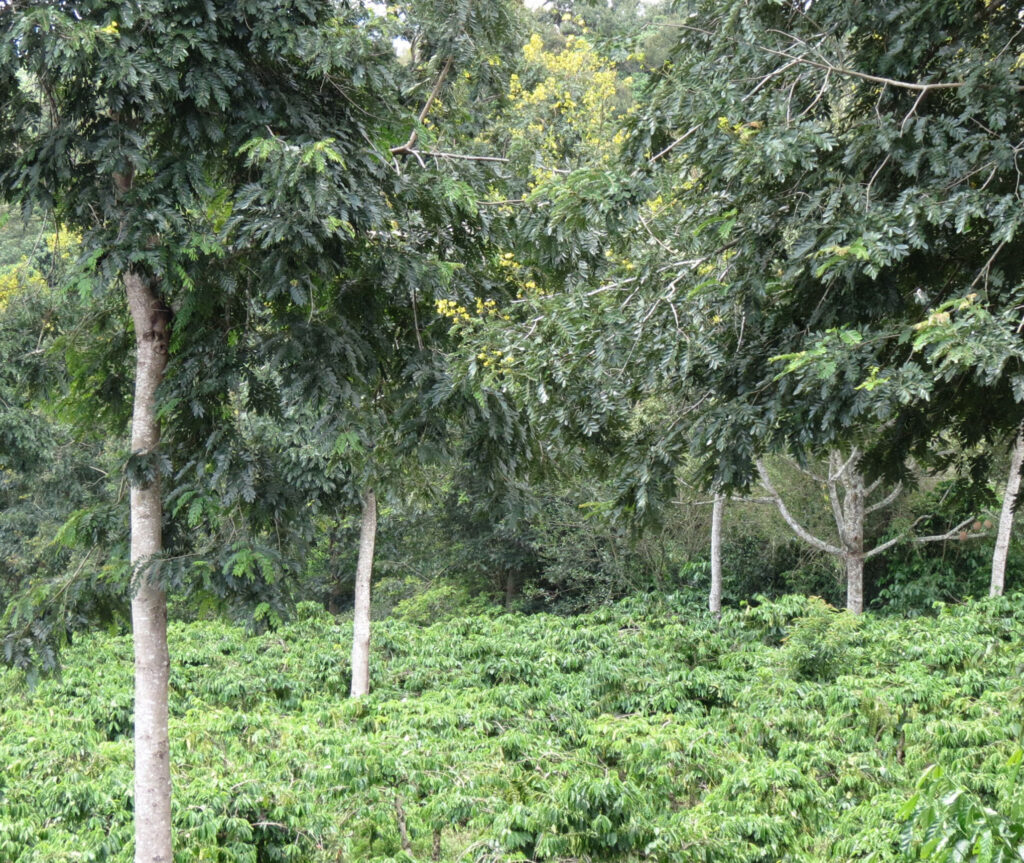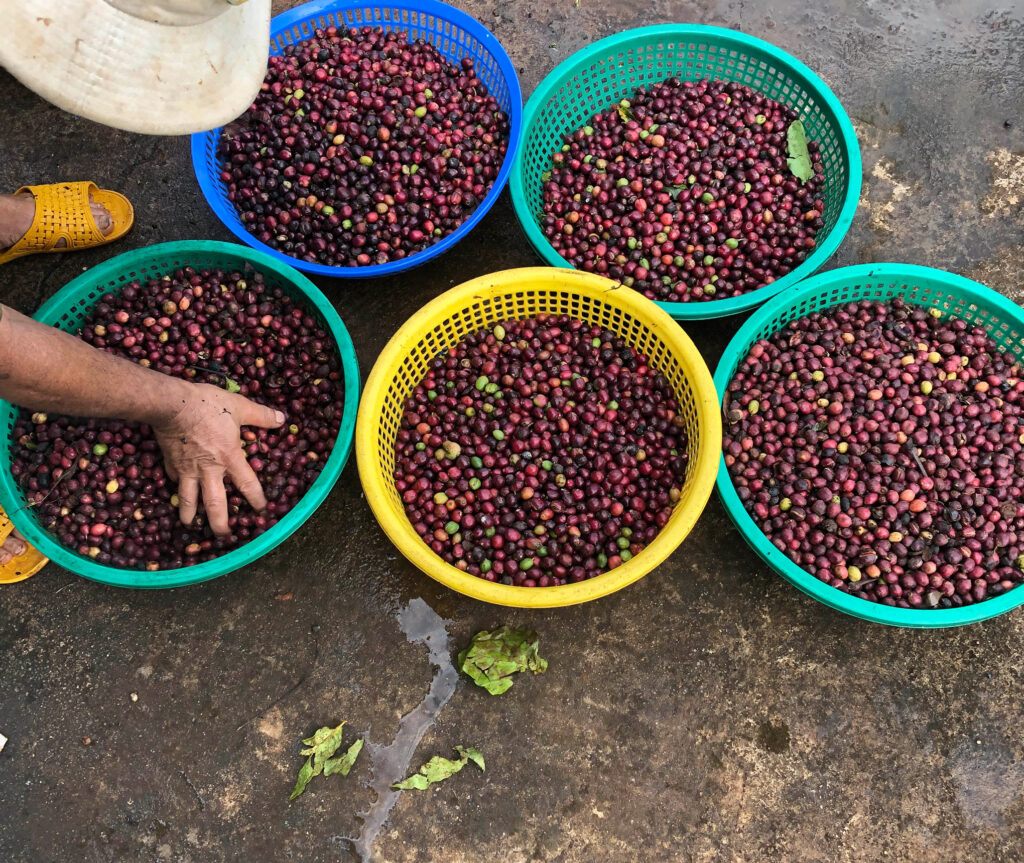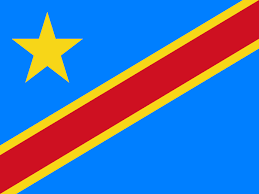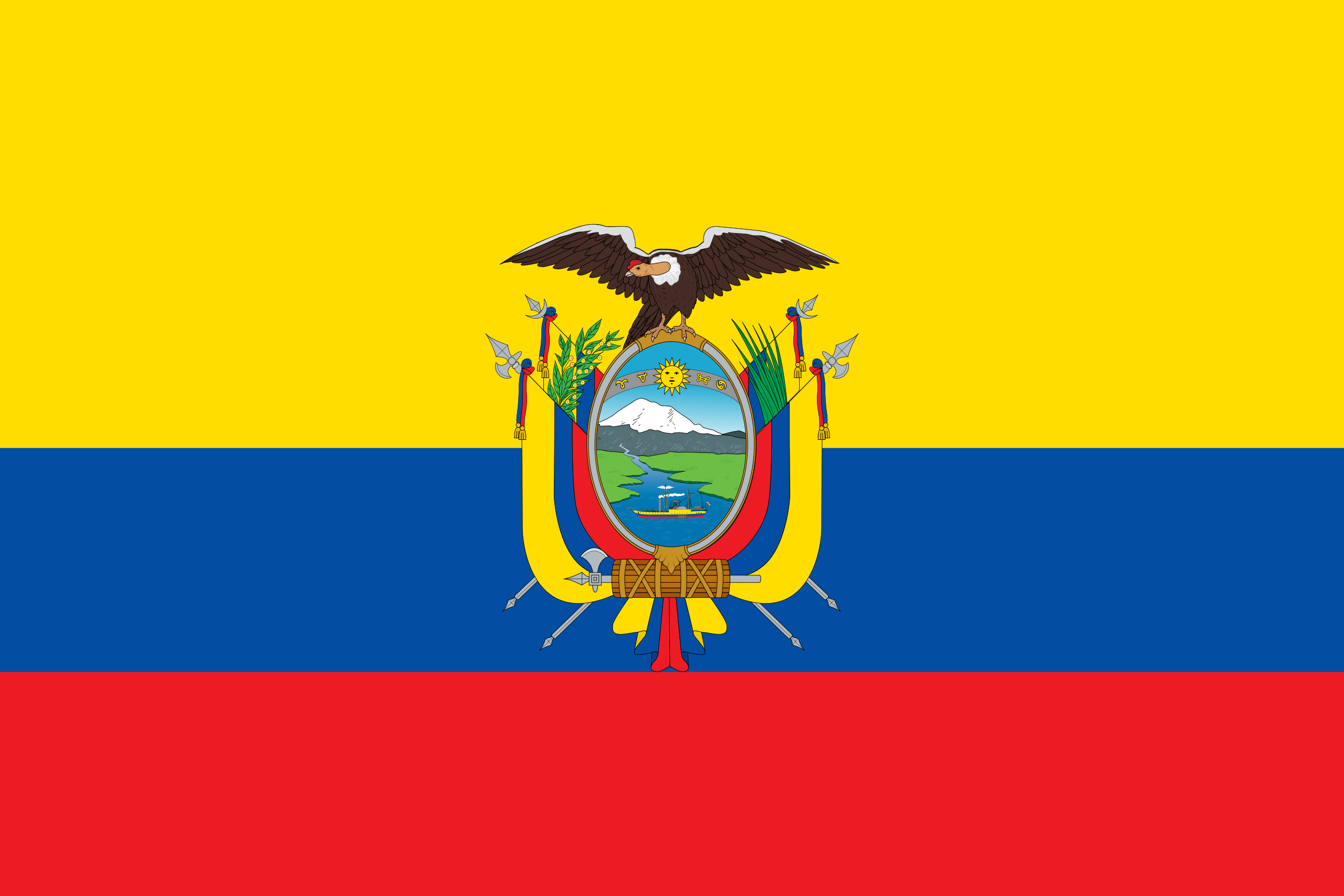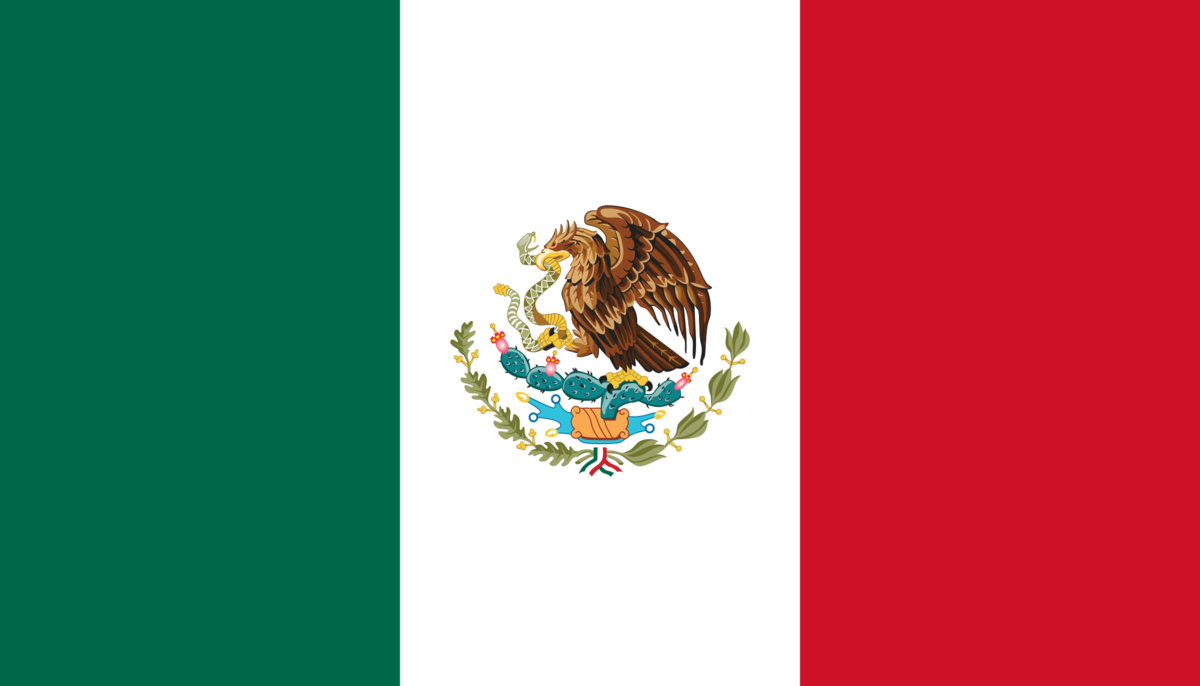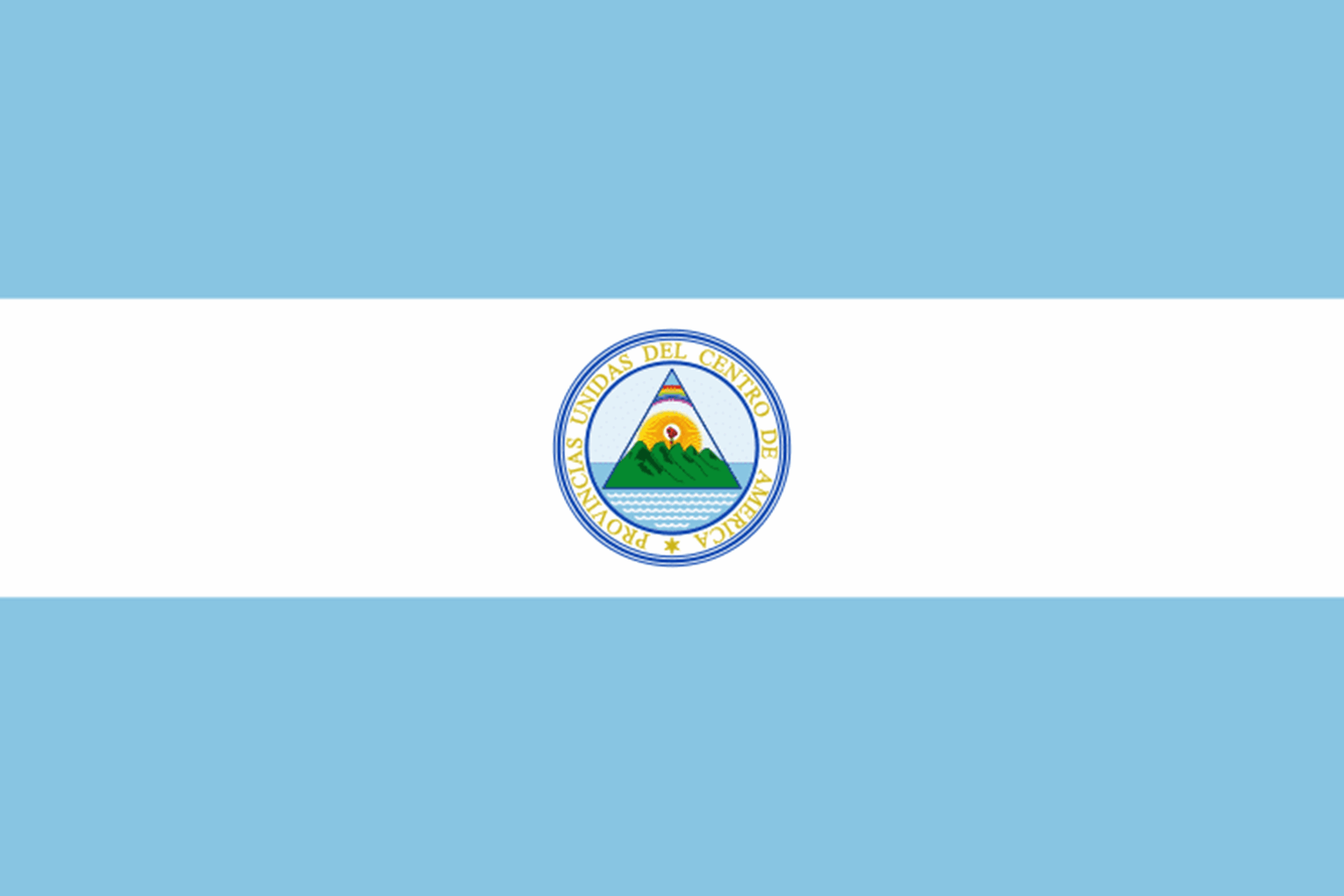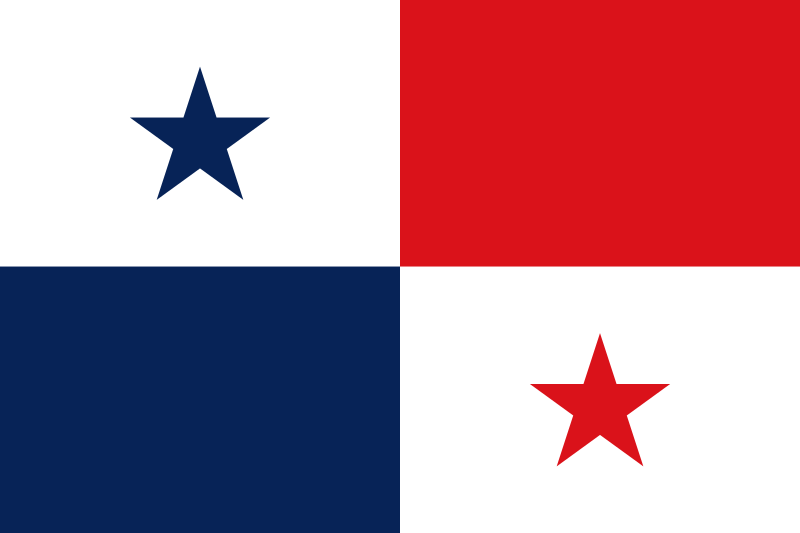As the second-leading producer of coffee in the world, Vietnam is beginning to produce some quality Arabica.
Coffee was introduced to Vietnam in the 1800’s, and throughout the French Colonial period, Arabica was actually grown on many French-owned plantations. Nonetheless, due to a variety of political and economic factors (including a massive civil war and subsequent Communist prohibitions on private land ownership), Vietnam was slow to achieve any real relevance as a coffee producing nation. As of 1990, Vietnam was responsible for a tiny 1% of world coffee trade.
View Coffees-
Place In World For Coffee Exporter2nd
-
Sacks (60kg) exported annuallyApprox: 27,400,000
-
Percentage of world coffee market21%
-
Other major agricultural exportsRice, Rubber, Cashew Nuts, Pepper
-
Estimated number of families relying on coffee for livelihood?2.6 million
-
Typical varieties produced95% Robusta; 5% Arabica: Catimor, Excelsa
-
Key coffee regionsCentral Highlands, North Vietnam, South Vietnam
-
Typical harvest timesOctober - April
-
Typically availableFrom April
